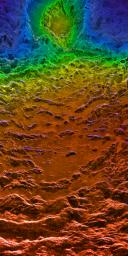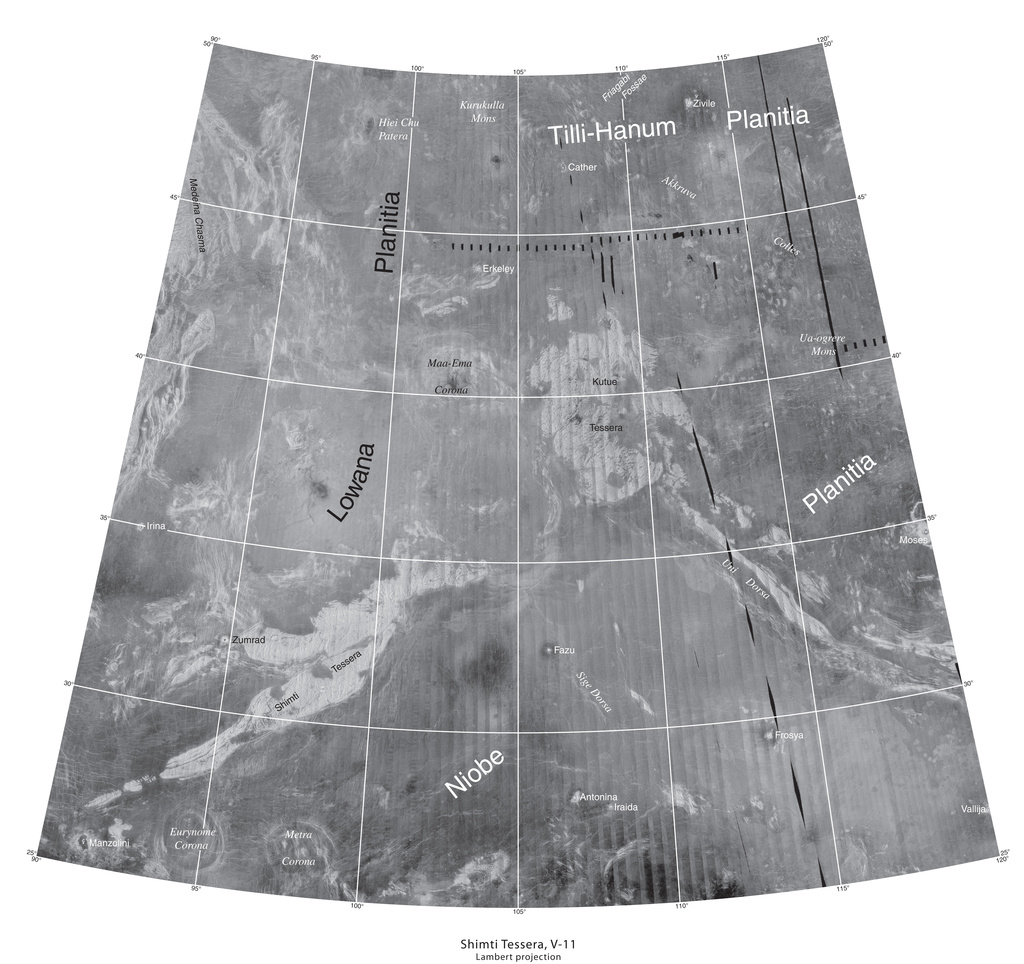

This article is part of a discussion meeting issue ‘Earth dynamics and the development of plate tectonics’. A bolide impact model for craton formation addresses the apparent paradox of both undepleted mantle and growth of Archaean crust, and recycling of significant Archaean crust to the mantle. These three tectonic regimes provide possible analogue models for terrestrial Archaean craton formation, continent formation without plate tectonics, and mechanisms underlying the emergence of plate tectonics. The fracture zone complex era, marked by broad zones of tectonomagmatic activity, witnessed coupled spreading and underthrusting, since arrested. The Artemis superstructure era highlights sublithospheric flow processes related to a uniquely large super plume. Impactors played a prominent role in the ancient era, characterized by thin global lithosphere. In this paper, I explore three global tectonic domains that represent changes in global conditions and tectonic regimes through time, divided respectively into temporal eras. However, Venus' lack of plate tectonics and terrestrial surficial processes results in the preservation of a unique surface geologic record of non-plate tectonomagmatic processes. Venus is similar to Earth in density, size, inferred composition and heat budget. “It will be as if we have rediscovered the planet.Venus provides a rich arena in which to stretch one's tectonic imagination with respect to non-plate tectonic processes of heat transfer on an Earth-like planet. Tom Wagner, a scientist with NASA’s Discovery Program. “It is astounding how little we know about Venus, but the combined results of these missions will tell us about the planet from the clouds in its sky through the volcanoes on its surface all the way down to its very core,” said Dr. VERITAS also will map infrared emissions from Venus’ surface to map its rock type, which is largely unknown, and determine whether active volcanoes are releasing water vapor into the atmosphere. Orbiting Venus with a synthetic aperture radar, it will chart surface elevations over nearly the entire planet to create 3D reconstructions of topography and confirm whether processes such as plate tectonics and volcanism are still active on Venus. The VERITAS mission will map Venus’ surface to determine the planet’s geologic history and understand why it developed so differently than Earth. In addition, it will return the first high resolution pictures of the unique geological features on Venus known as tesserae. The mission consists of a descent sphere that will plunge through the planet’s thick atmosphere, making precise measurements of noble gases and other elements to understand why Venus’ atmosphere is a runaway hothouse compared the Earth’s. The DAVINCI+ mission will measure the composition of Venus’ atmosphere to understand how it formed and evolved, as well as determine whether the planet ever had an ocean. “Using cutting-edge technologies that NASA has developed and refined over many years of missions and technology programs, we’re ushering in a new decade of Venus to understand how an Earth-like planet can become a hothouse.”


Thomas Zurbuchen, NASA’s associate administrator for science. “We’re revving up our planetary science program with intense exploration of a world that NASA hasn’t visited in over 30 years,” said Dr. This artist’s concept shows NASA’s VERITAS spacecraft using its radar to produce high-resolution maps of Venus’ topographic and geologic features.


 0 kommentar(er)
0 kommentar(er)
